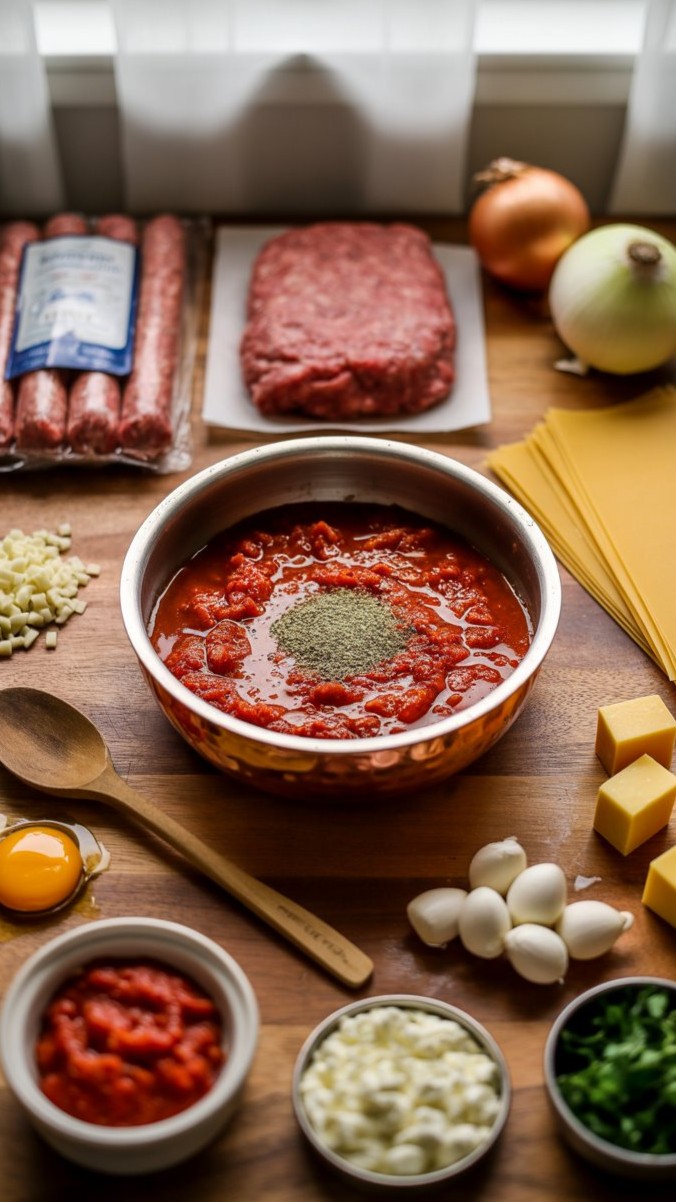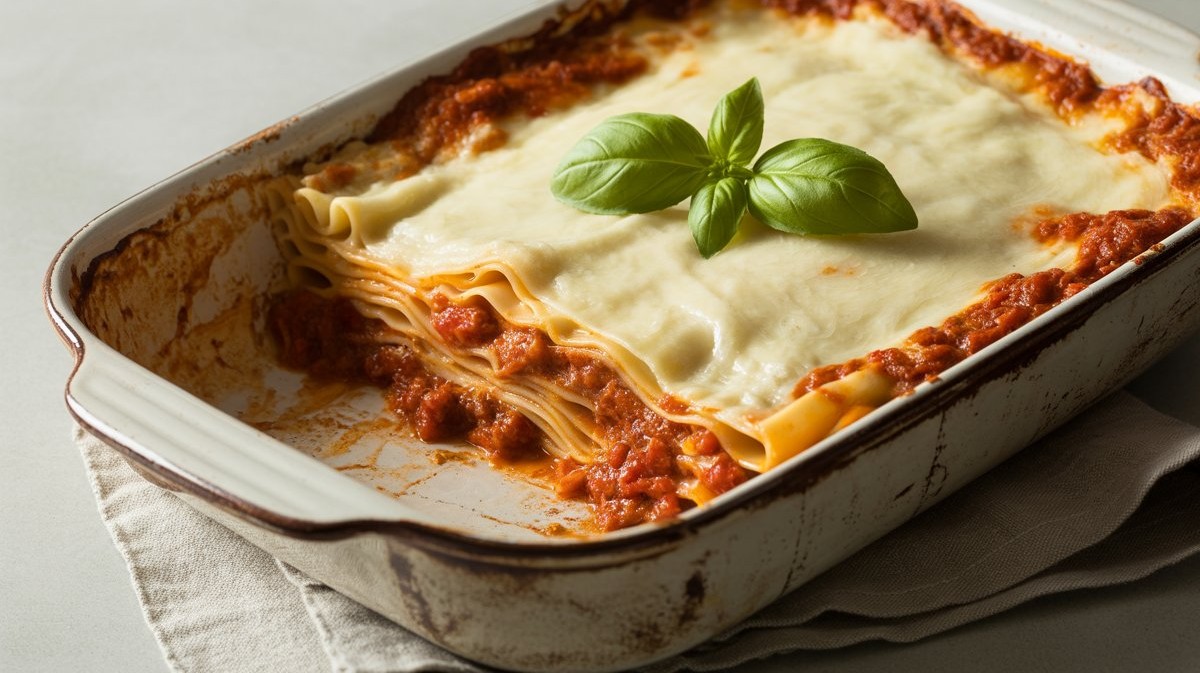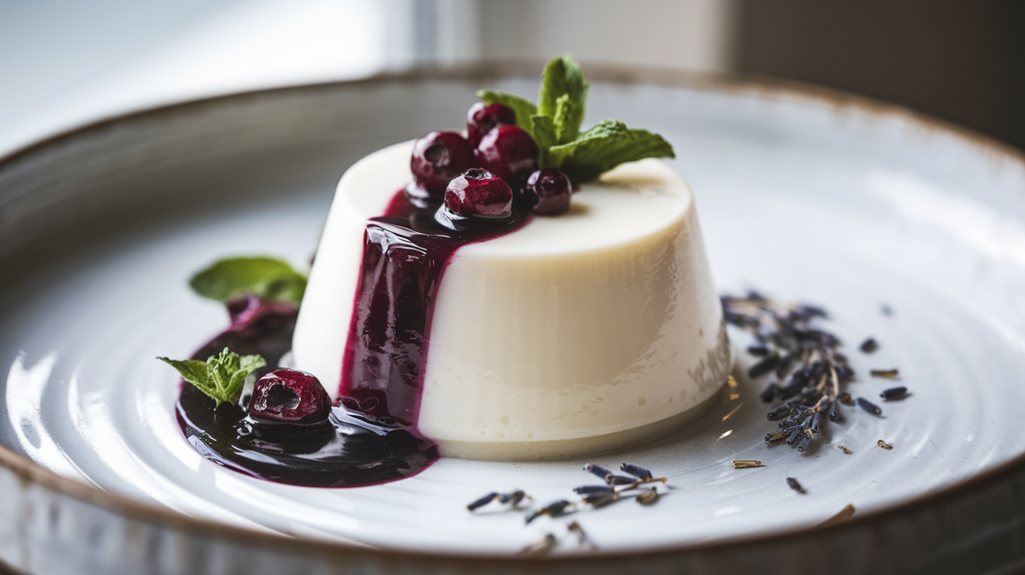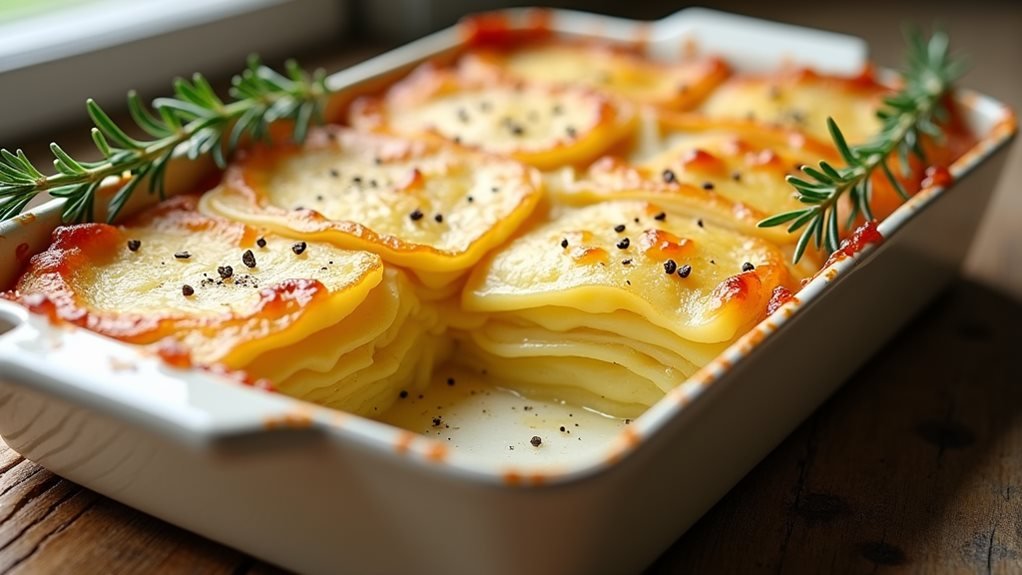Just as a master architect designs each floor with precision, you’ll find that Gordon Ramsay’s lasagna builds layers of flavor through careful construction. His approach combines the rustic charm of traditional Italian cooking with professional kitchen techniques, creating a dish that’s both authentic and enhanced. From selecting quality ingredients to mastering the perfect béchamel, this recipe holds secrets that transform a humble pasta dish into a memorable masterpiece. Let’s reveal the method behind his signature version.
Origins of Italian Pasta
While pasta’s origins can be traced back thousands of years to ancient civilizations, Italian pasta as it’s understood today emerged during the Middle Ages in Sicily and mainland Italy.
You’ll find that pasta-making techniques were perfected by Italian artisans who developed unique methods for creating and drying diverse shapes, including the flat sheets used in classic Italian dishes like lasagna.
Through centuries of refinement, pasta recipes evolved from basic flour and water mixtures to include eggs, creating richer textures and more complex flavors.
Today’s lasagna exemplifies this evolution, combining handcrafted pasta with regional cooking methods that vary from Naples to Bologna, where the rich traditional Bolognese sauce became a cornerstone of authentic Italian cuisine.
The attention to detail required for perfect pasta mirrors the precision needed to create dishes like Beef Wellington, which demands expert timing and technique.
When you’re recreating these time-honored dishes, you’re participating in a culinary tradition that’s been passed down through generations of Italian families.
Much like Gordon Ramsay’s biryani recipe, traditional pasta dishes are often reserved for special occasions and family gatherings.
Layered Pasta Comfort Dish

Gordon Ramsay’s Classic Lasagna layers traditional Italian flavors with a chef’s refined approach to create the ultimate comfort food experience. The combination of perfectly cooked pasta sheets, rich meat sauce, and a luxurious blend of cheeses creates a harmonious dish that has earned its place as a family favorite.
This version improves the classic recipe by combining both ground beef and Italian sausage for a more complex flavor profile, while the mix of three cheeses – mozzarella, Parmesan, and ricotta – creates the perfect creamy texture between each layer. The result is a lasagna that’s both rustic and sophisticated, delivering restaurant-quality results in your home kitchen. Like his famous Beef Wellington recipe, this dish showcases Ramsay’s attention to layering rich flavors and textures. Drawing from his expertise in crafting the perfect Farmhouse Burger, Ramsay applies the same dedication to quality ingredients and precise techniques to this Italian classic.
Ingredients:
- 1 pound ground beef
- 1 pound Italian sausage
- 1 large onion, diced
- 4 garlic cloves, minced
- 2 cans (28 oz each) crushed tomatoes
- 2 tablespoons tomato paste
- 2 tablespoons dried oregano
- 1 package lasagna noodles
- 16 oz ricotta cheese
- 1 large egg
- 2 cups shredded mozzarella
- 1 cup grated Parmesan cheese
- 1/4 cup fresh parsley, chopped
- Salt and pepper to taste
Brown meat and sausage in a large pot, then add onions and garlic until softened. Stir in tomatoes, paste, and seasonings, simmering for 30 minutes.
Meanwhile, cook lasagna noodles until al dente. Mix ricotta with egg and parsley in a separate bowl.
Layer in a 9×13 baking dish: sauce, noodles, ricotta mixture, mozzarella, and Parmesan. Repeat layers, ending with cheese on top. Cover with foil and bake at 350°F for 45 minutes, then uncover and bake 15 minutes more until golden and bubbling.
For best results, let the lasagna rest for 15-20 minutes before cutting. This allows the layers to set properly and prevents the filling from spilling out when served.
The sauce can be made a day ahead and refrigerated to improve flavors. If your lasagna seems dry while layering, add a small amount of pasta water to the meat sauce to achieve the right consistency.
Regional Italian Pasta Adaptations
Throughout Italy’s diverse regions, lasagna has evolved into distinct local variations that reflect each area’s unique ingredients and culinary traditions.
While Gordon Ramsay’s lasagna recipe follows the rich Italian recipes commonly found in Bologna, you’ll uncover fascinating adaptations across the country.
In Naples, you’ll find lasagna made with tiny meatballs and hard-boiled eggs, while in Sicily, the baked Italian pasta recipe often includes eggplant and pecorino cheese.
The Ligurian version features a delicate pesto sauce instead of meat ragù, and in Veneto, you might encounter green lasagna made with spinach pasta.
Each regional variation maintains the core elements of layered pasta and cheese while incorporating local specialties that have been perfected over generations.
Expert Sauce Seasoning Techniques
The art of seasoning a perfect lasagna sauce builds upon centuries-old Italian traditions.
You’ll want to start by browning your ground beef until it’s golden, then add finely diced onions and garlic until they’re translucent.
To create a rich and savory lasagna dish, layer your seasonings gradually. Start with salt and black pepper, then add dried oregano, basil, and a bay leaf.
Let each addition simmer for a few minutes before the next. A splash of red wine can deepen the flavor profile, while a pinch of sugar balances the acidity of the tomatoes.
Remember to taste your sauce throughout the cooking process.
You’ll know it’s ready when it’s reduced slightly and the flavors have melded together – usually after about 30 minutes of simmering.
Pasta Preservation Guidelines
While proper pasta storage might seem straightforward, following specific guidelines will help you maintain the quality of your lasagna noodles and finished dishes.
When storing uncooked lasagna noodles, keep them in an airtight container in a cool, dry place where they’ll last up to one year.
For prepared lasagna with ricotta cheese and other ingredients, you’ll want to wrap it tightly in plastic wrap and aluminum foil before refrigerating or freezing.
Once you learn how to make lasagna, you’ll realize it’s perfect for making ahead – store individual portions in the freezer for up to three months.
When reheating, sprinkle a few drops of water on top and cover with foil to prevent the pasta from drying out.
Pasta Plating Presentation Tips
Serving a perfectly plated lasagna transforms an already delicious dish into a memorable dining experience. When presenting baked pasta dishes like lasagna, you’ll want to let it rest for 15 minutes before cutting to guarantee clean, defined layers.
Use a sharp serrated knife to create neat portions, and wipe the blade between cuts. For savory pasta dishes, garnish with fresh basil leaves and a light dusting of grated Parmesan cheese. Place each portion on warmed plates, and consider adding a small drizzle of extra virgin olive oil for shine.
When hosting family-style meals, present the whole lasagna in an attractive baking dish, surrounded by fresh herbs. Keep extra sauce warm on the side, and provide a wide serving spatula for easy portions.







